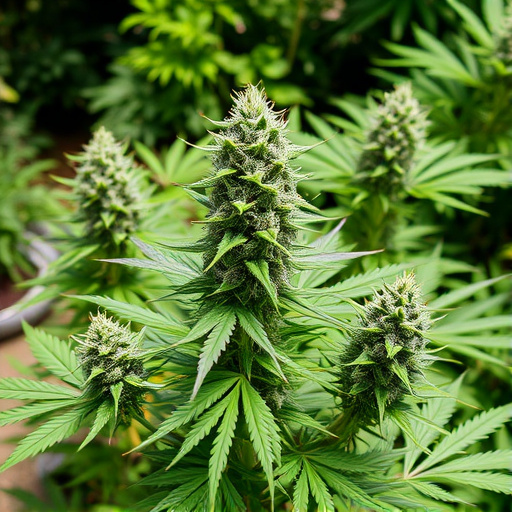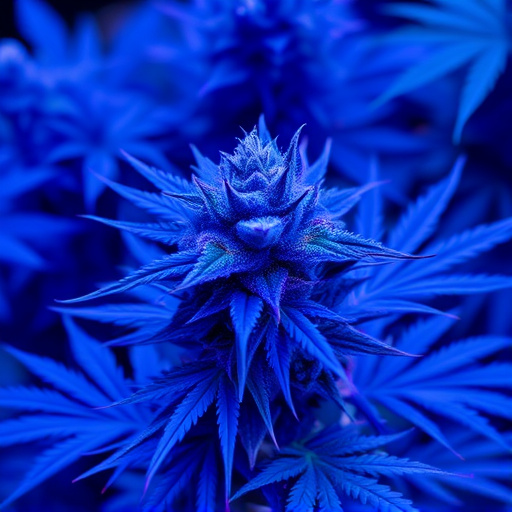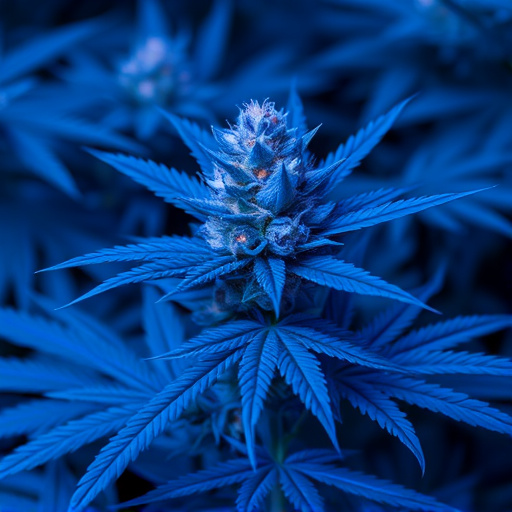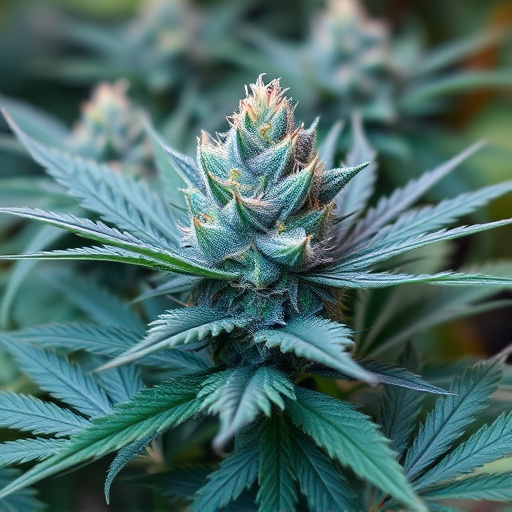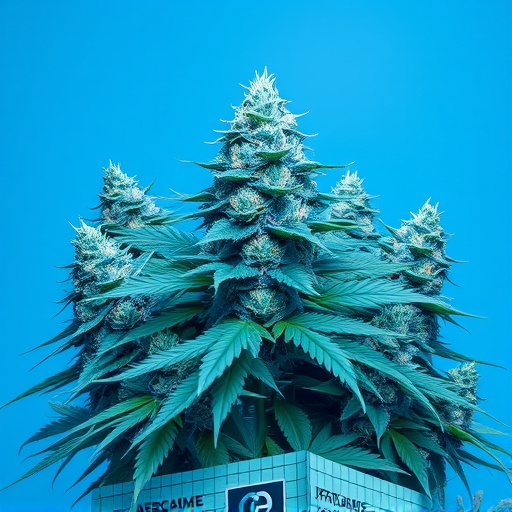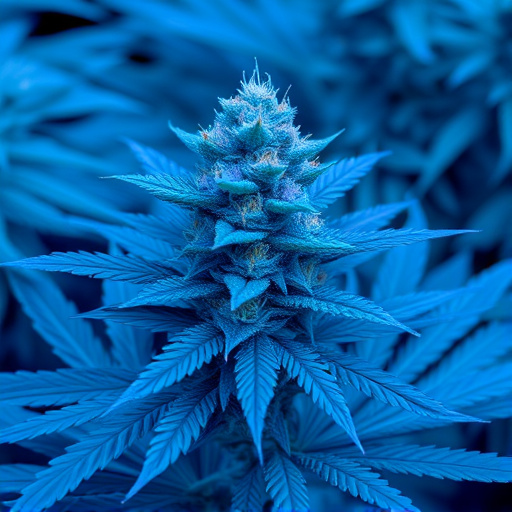Blue cannabis strains offer a unique combination of THC and CBD, providing both psychoactive pain modulation and anti-inflammatory benefits. Popular for chronic conditions like arthritis and fibromyalgia, these strains are available through various consumption methods including oral ingestion, vaping, smoking, and topical applications. Their low THC and high CBD content allows for localized pain relief without cognitive impairment, making them ideal for balanced cannabis therapy.
“Unraveling the science behind cannabis compounds, this article explores THC and CBD as powerful tools for pain management. While THC influences pain perception and offers potential relief, CBD’s anti-inflammatory properties are gaining recognition.
Blue cannabis strains, known for their high CBD content, emerge as a promising solution for chronic pain sufferers. This natural alternative offers a range of consumption methods, from tinctures to topical creams, ensuring effective and personalized pain management.”
- Understanding THC and CBD: The Role in Pain Perception
- Blue Cannabis Strains: A Potential Solution for Chronic Pain
- Exploring Different Consumption Methods for Effective Pain Management
Understanding THC and CBD: The Role in Pain Perception
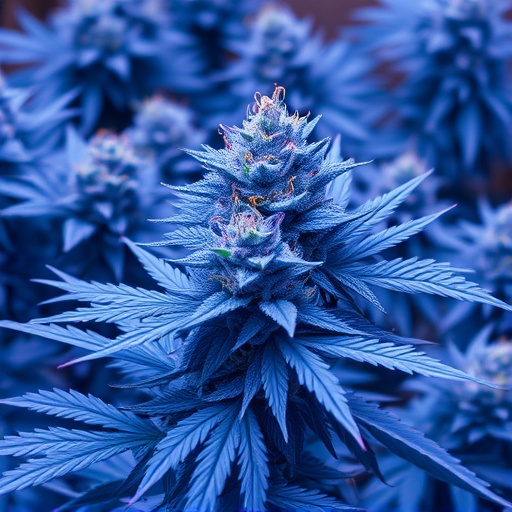
THC (Tetrahydrocannabinol) and CBD (Cannabidiol) are two prominent compounds found in blue cannabis strains, each playing a unique role in pain management. THC is known for its psychoactive effects, interacting with the brain’s endocannabinoid system to modulate pain perception. It binds to CB1 receptors in the central nervous system, reducing chronic pain signals and offering a sense of relaxation.
On the other hand, CBD doesn’t produce any psychoactive high but has anti-inflammatory properties. It interacts with various receptors, including TRPV1, which is involved in sensing pain and temperature. By inhibiting this receptor’s activity, CBD can help alleviate pain without altering consciousness. The combination of THC and CBD in blue cannabis strains provides a dual approach to pain management, offering both immediate relief and long-term benefits for users seeking alternative treatments.
Blue Cannabis Strains: A Potential Solution for Chronic Pain
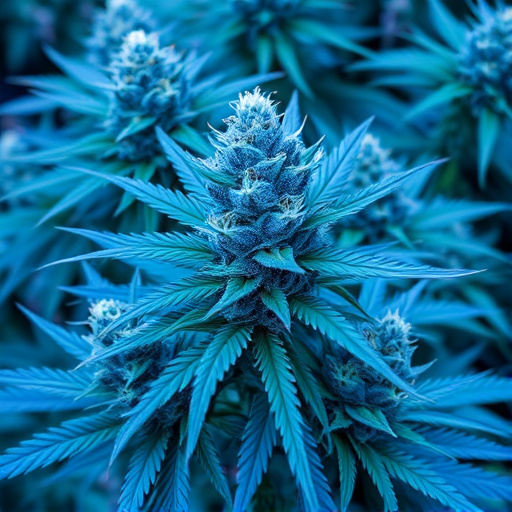
Blue cannabis strains, known for their distinct coloration and unique chemical profiles, are gaining attention as potential solutions for chronic pain management. These strains often contain elevated levels of cannabidiol (CBD), a compound recognized for its anti-inflammatory and analgesic properties. Research suggests that CBD interacts with the endocannabinoid system in our bodies, which plays a significant role in regulating pain perception and inflammation. By modulating this system, blue cannabis strains can offer relief to individuals dealing with chronic pain conditions like arthritis or fibromyalgia.
Moreover, some blue strains also contain tetrahydrocannabinol (THC), another key cannabinoid. THC has been shown to interact with specific receptors in the brain, contributing to its psychoactive effects and potential analgesic benefits. While THC may induce mild cognitive changes, modern breeding techniques have led to the development of low-THC, high-CBD varieties, minimizing these effects while maximizing pain-relieving advantages. These blue cannabis strains present a promising alternative for those seeking natural solutions in their pain management regimen.
Exploring Different Consumption Methods for Effective Pain Management
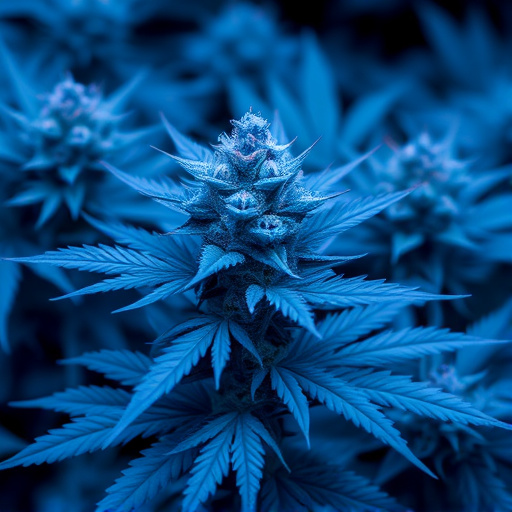
Exploring different consumption methods is key to effective pain management using THC and CBD. While traditional methods like oral ingestion remain popular, they can have varying effects and slower onset times. Alternative routes such as inhalation through vaping or smoking offer quicker relief, allowing users to fine-tune their dosage swiftly. Topical applications, like creams and balms infused with cannabis compounds, provide localized pain relief without the systemic effects associated with ingestion.
For those seeking subtle yet effective results, blue cannabis strains known for their high CBD content and low THC levels can be ideal. These strains often offer a more balanced profile, minimizing potential psychoactive effects while maximizing anti-inflammatory and analgesic properties. This approach allows individuals to harness the healing power of cannabis without compromising their mental clarity or experiencing adverse side effects commonly linked to higher THC consumption.
In conclusion, both THC and CBD have shown promising potential in pain management, offering alternative solutions beyond traditional medications. Understanding their roles in pain perception is key to harnessing their therapeutic benefits. Blue cannabis strains, known for their unique composition, emerge as a promising option for chronic pain sufferers. Furthermore, exploring diverse consumption methods allows individuals to find the most effective and suitable approach for their needs, whether through cultivation, extraction, or innovative delivery systems.







